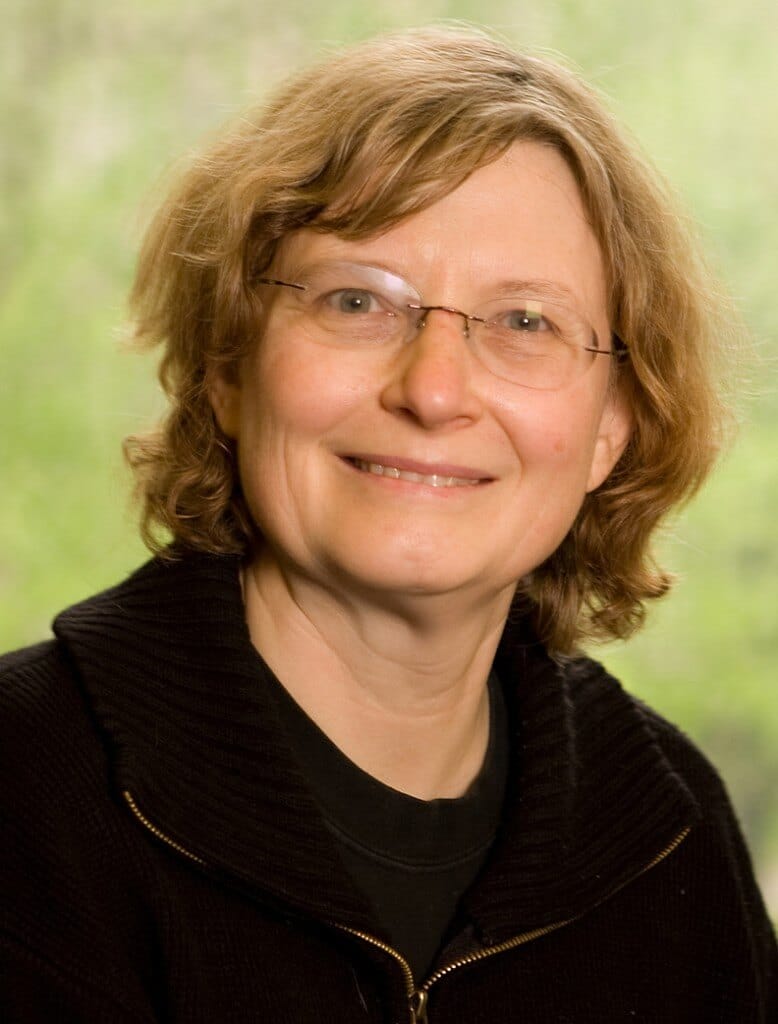The award is given for her work in wavelet theory and applied harmonic analysis.

Professor Ingrid Dubshe is a Belgian mathematician and physicist from Duke University in Durham, North Carolina. Dobashi studied her first degree in physics at the Free University of Brussels (1975). She then continued her studies at the same university and received her doctorate in physics with a thesis on: Representation of quantum operators by kernels in Hilbert spaces of analytic functions.
Ingrid Dubshey's love for math and science began at a young age. Her father nurtured her curiosity and interest in these subjects while she was in school. As a child, she was fascinated by the mechanisms behind the operation of machines and the truth behind mathematical concepts. When she couldn't sleep, she had a powerful thought in her head, captivated by the magic of rapidly increasing numbers.
Dobashi made a significant contribution to the field of wavelet theory (called in Hebrew ripples or gallons). Her research revolutionized the way images and signals are processed numerically, providing standard and flexible algorithms for data compression. Her work led to a wide range of innovations in various technologies, including medical imaging, communication Wireless and even digital cinema.
The wavelet theory, which he founded, became a decisive tool in many areas of signal and image processing. Such as: to improve and restore images from the early days of the Hubble telescope, to identify fake documents and fingerprints. In addition, Wavelets are an essential component in wireless communication and are used to compress sound sequences into MP3 files.
Beyond her scientific contribution, Professor Dobashi is a vigorous advocate and activist for equal opportunities in scientific and mathematical education, especially in developing countries. As president of the International Mathematical Union, she worked hard to promote this goal. She is aware of the barriers women face in these fields and works to guide young female scientists and increase representation and opportunities for them.
The judges' arguments
The Wolf Prize is awarded to Ingrid Dubshey for her work in the creation and development of wavelet theory and modern analysis of time-frequency space. The discovery of smooth wavelets, with a compact support, and the development of bi-orthogonal wavelets changed the methods of image and signal processing and filtering. Her work is of great importance in image compression, imaging
Medical, remote sensing and digital photography. Dubshi has made unparalleled contributions to real-world harmonic analysis and application development, introducing sophisticated image processing techniques that serve a wide range of fields from art to evolutionary biology and beyond.
Dobashi's most important contribution is the presentation, in 1988, of smooth orthonormal Waveles bases with a compact support. These foundations revolutionized signal processing, leading to highly efficient methods for digitizing, storing, compressing and analyzing data, such as audio and video signals, computed tomography and magnetic resonance imaging. The compact support of these Waveles made it possible to perform digital processing of a signal in a way that depends linearly on its length. This was a critical component for signal processing researchers and engineers, allowing a signal to be quickly decomposed into contributions at different scales.
In a later joint work, with Cohen. A and Feauveau. CJ, introduced symmetric bio-orthogonal wavelet bases, which give up orthonormality in favor of symmetry. Such bases are much more suitable for handling discontinuities arising from the ends of signals of finite length, which results in improved image quality. The bio-orthogonal wavelets she developed became the basis for the 2000 JPEG system used to compress and encode images.
Independently, and in collaboration with A. Grossman and V. Mayer, Dubashi extensively developed the theory and application of frames. Frames are a generalization of bases that allows controlled redundancy in signal representation. Such redundancy affords immeasurable flexibility in signal representation as well as effective noise removal.
More of the topic in Hayadan:
- talk around
- The future generation of mathematicians in Israel
- Tremendous achievements for the Israeli national teams in 4 international science olympiads held at the same time - 18 Olympic medals
- The Davidson Institute will prepare the Israeli team for the Math Olympiad
- Prof. Noga Alon from Tel Aviv University and Princeton won the prestigious Shaw Prize for Mathematics and will receive 1.2 million dollars
